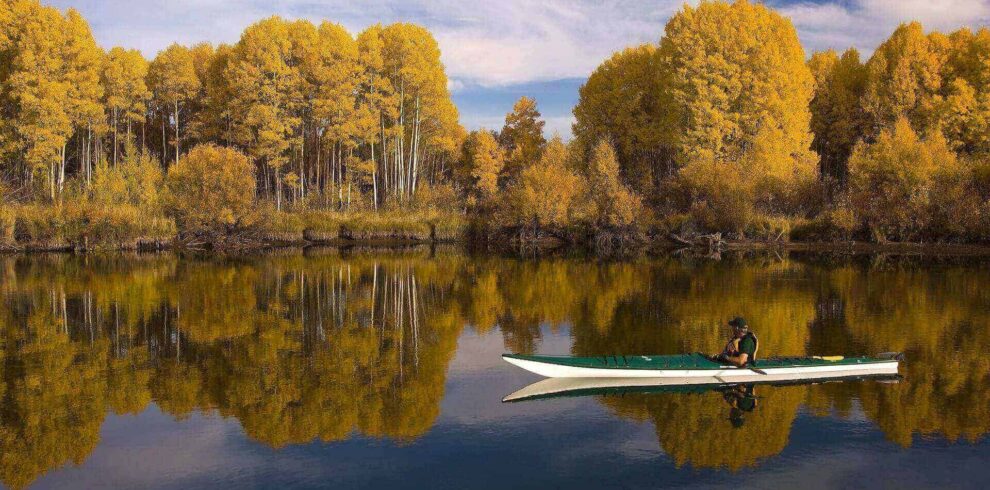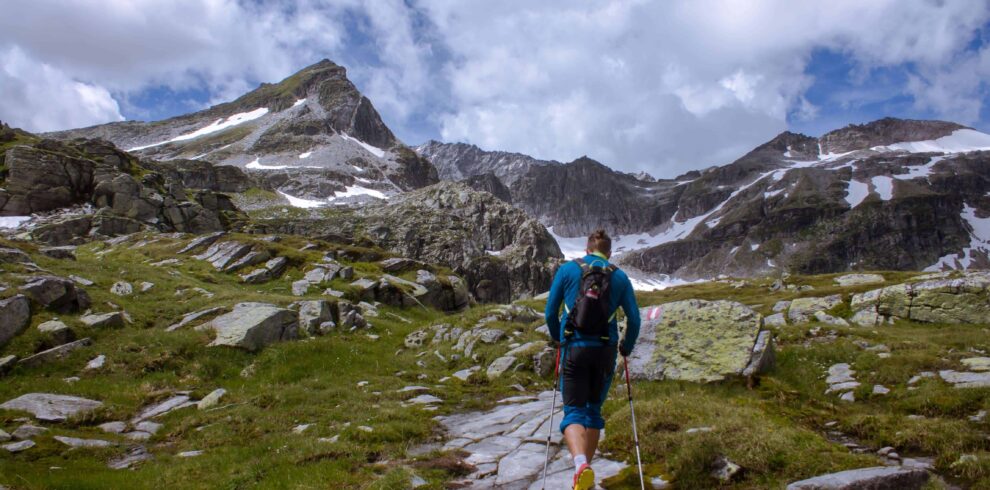Turkey
Turkey’s history is rich and varied, with roots stretching back to ancient civilizations like the Hittites, Phrygians, and Lydians who inhabited Anatolia, the Asian part of modern Turkey, thousands of years ago. In the classical era, the region was part of the Persian Empire and later came under the control of Alexander the Great. Following Alexander’s death, Anatolia saw the rise of Hellenistic kingdoms, which were eventually absorbed into the Roman Empire. Byzantium, later renamed Constantinople, became the capital of the Byzantine Empire, serving as a major center of Christianity and trade for over a millennium.
In the 11th century, the Seljuk Turks began to migrate into Anatolia, marking the beginning of Turkish influence in the region. The Ottoman Empire, founded in the late 13th century, emerged as a dominant power, capturing Constantinople in 1453 and transforming it into Istanbul, the empire’s capital. The Ottomans expanded their rule across the Middle East, North Africa, and southeastern Europe, leaving a profound cultural and architectural legacy. By the 19th century, however, the Ottoman Empire faced decline, leading to the loss of territories and internal strife. After its defeat in World War I, the empire was dismantled, paving the way for the establishment of the Republic of Turkey in 1923 under the leadership of Mustafa Kemal Atatürk, who modernized and secularized the country.
Turkey’s rich history and cultural diversity make it a popular destination for tourists from around the world. The country’s unique position straddling Europe and Asia provides a blend of ancient and modern attractions. Iconic landmarks such as the Hagia Sophia, Topkapi Palace, and the Blue Mosque in Istanbul highlight the country’s Byzantine and Ottoman heritage. The ancient city of Ephesus and the rock formations of Cappadocia offer glimpses into Turkey’s diverse historical and geological wonders. Coastal areas along the Aegean and Mediterranean seas, like Antalya and Bodrum, are known for their beautiful beaches and resorts, attracting tourists seeking relaxation and natural beauty.
Hajj
The Hajj pilgrimage is one of the most significant religious events in the world, attracting millions of Muslims to Saudi Arabia annually. As one of the Five Pillars of Islam, Hajj is a mandatory religious duty for Muslims who are physically and financially able to make the journey to Mecca at least once in their lifetime. This pilgrimage involves a series of rituals performed over five days, including the Tawaf, which is the circling of the Kaaba, and the standing at Mount Arafat. The Saudi government invests heavily in infrastructure, security, and services to ensure the safety and comfort of pilgrims, given the massive scale of this event. During the Hajj season, Mecca becomes a global center of Islamic unity, drawing Muslims from diverse cultures and nations to perform these sacred rites together.
In addition to Hajj, Saudi Arabia offers other religious and cultural tourist attractions. The Umrah pilgrimage, which can be performed at any time of the year, also brings millions of visitors to the holy cities of Mecca and Medina. Beyond religious tourism, Saudi Arabia has been developing other attractions to diversify its tourism sector. The city of Riyadh, the capital, boasts modern architectural marvels, historical sites like the Masmak Fortress, and cultural experiences at institutions such as the National Museum. The Red Sea coast offers luxury resorts, diving experiences, and the ancient Nabatean city of Al-Ula, known for its stunning rock formations and historical significance, similar to Petra in Jordan. These efforts are part of Saudi Arabia’s Vision 2030 plan to boost tourism and showcase the country’s rich cultural and historical heritage.
Hiking
Hiking is the preferred term, in Canada and the United States, for a long, vigorous walk, usually on trails (footpaths), in the countryside, while the word walking is used for shorter, particularly urban walks. On the other hand, in the United Kingdom, and the Republic of Ireland, the word “walking” is acceptable to describe all forms of walking, whether it is a walk in the park or backpacking in the Alps. The word hiking is also often used in the UK, along with rambling (a slightly old-fashioned term), hillwalking, and fell walking (a term mostly used for hillwalking in northern England). The term bushwalking is endemic to Australia, having been adopted by the Sydney Bush Walkers club in 1927. In New Zealand a long, vigorous walk or hike is called tramping.It is a popular activity with numerous hiking organizations worldwide, and studies suggest that all forms of walking have health benefits.
In the United States, Canada, the Republic of Ireland, and United Kingdom, hiking means walking outdoors on a trail, or off trail, for recreational purposes. A day hike refers to a hike that can be completed in a single day. However, in the United Kingdom, the word walking is also used, as well as rambling, while walking in mountainous areas is called hillwalking. In Northern England, Including the Lake District and Yorkshire Dales, fellwalking describes hill or mountain walks, as fell is the common word for both features there.
Jungle Safari
A is an overland journey, usually a trip by tourists to Africa. In the past, the trip was often a big-game hunt, but today, safari often refers to trips to observe and photograph wildlife—or hiking and sightseeing, as well.
The Swahili word safari means journey, originally from the Arabic meaning a journey; the verb for “to travel” in Swahili is kusafiri. These words are used for any type of journey, e.g. by bus from Nairobi to Mombasa or by ferry from Dar es Salaam to Unguja. Safari entered the English language at the end of the 1850s thanks to Richard Francis Burton, the famous explorer.
The Regimental March of the King’s African Rifles was ‘Funga Safari’, literally ‘tie up the March’, or, in other words, pack up equipment ready to march.
In 1836 William Cornwallis Harris led an expedition purely to observe and record wildlife and landscapes by the expedition’s members. Harris established the safari style of journey, starting with a not too strenuous rising at first light, an energetic day walking, an afternoon rest then concluding with a formal dinner and telling stories in the evening over drinks and tobacco.
Paragliding
Paragliding is the recreational and competitive adventure sport of flying paragliders: lightweight, free-flying, foot-launched glider aircraft with no rigid primary structure. The pilot sits in a harness suspended below a fabric wing comprising a large number of interconnected baffled cells. Wing shape is maintained by the suspension lines, the pressure of air entering vents in the front of the wing, and the aerodynamic forces of the air flowing over the outside.
Despite not using an engine, paraglider flights can last many hours and cover many hundreds of kilometers, though flights of one to two hours and covering some tens of kilometers are more the norm. By skillful exploitation of sources of lift, the pilot may gain height, often climbing to altitudes of a few thousand meters.
River Rafting
An adventure is an exciting or unusual experience. It may also be a bold, usually risky undertaking, with an uncertain outcome.Adventures may be activities with some potential for physical danger such as traveling, exploring, skydiving, mountain climbing, scuba diving, river rafting or participating in extreme sports.
The term also broadly refers to any enterprise that is potentially fraught with physical, financial or psychological risk, such as a business venture, or other major life undertakings.


